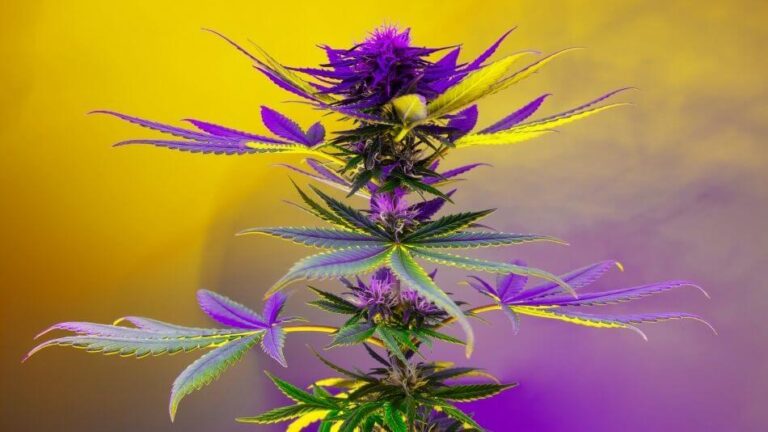Amanita muscaria, also known as the fly agaric, is a mushroom with a rich cultural history spanning several continents. This distinctive red-capped fungus with white spots is not just notable for its appearance but also its role in various traditional practices and beliefs. Consuming amanita mushroom gummy involves significant cultural considerations, reflecting its complex status across different societies.
In Siberian shamanism, amanita mushroom gummy holds a revered place. Indigenous Siberian tribes, such as the Koryak, have used this mushroom for centuries in their rituals. The shamans consume the mushroom to induce altered states of consciousness, facilitating communication with the spiritual world. The experience is often described as deeply transformative, involving visions and profound insights. This practice underscores a fundamental cultural perspective: Amanita muscaria is seen not merely as a psychoactive substance but as a sacred tool for spiritual exploration and healing. Consuming it within this context requires respect for the traditions and an understanding of the spiritual framework it operates.
In parts of Northern Europe, there are historical accounts of Amanita muscaria use among the Sámi people. These accounts suggest the mushroom was consumed to endure harsh winter conditions and as part of ritualistic practices. Here, cultural considerations emphasize the context of its use: it was not for recreational purposes but as part of a broader cultural and spiritual practice.
In contrast, modern Western perspectives often focus on the psychoactive properties of Amanita muscaria without the accompanying cultural context. This can lead to misunderstandings and misuse. The mushroom contains psychoactive compounds like ibotenic acid and muscimol, which can cause intense psychoactive effects, including hallucinations, euphoria, and altered perception of reality. However, without the traditional knowledge of preparation and dosage, consumption can lead to unpleasant and even dangerous experiences, including nausea, vomiting, and delirium. Thus, the cultural knowledge surrounding its use is crucial for safe and meaningful consumption.
There are ethical considerations regarding the appropriation of indigenous practices. Consuming Amanita muscaria without understanding or respecting its cultural significance can be seen as a form of cultural appropriation. It is important to approach its use with humility and respect, acknowledging the deep cultural roots and spiritual significance it holds for various indigenous peoples.























